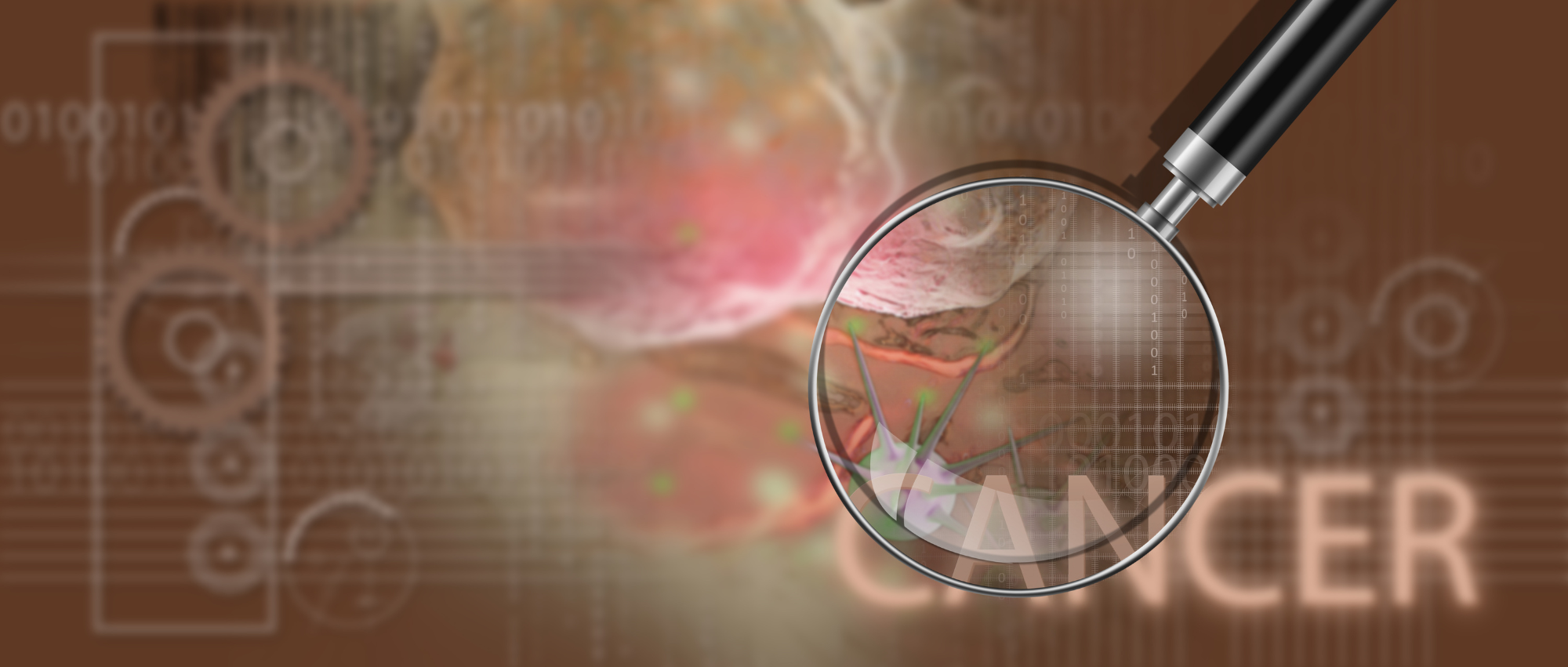
American Association for Cancer Research
- Alveolar type II cells, the primary stem cell population in the distal lung epithelium, are known to be the most common cell of origin for lung adenocarcinoma. A recent study published in Cell Stem Cell reveals that KRASG12D-mutant alveolar type II cells hijack lung regeneration programs to initiate lung adenocarcinoma, resembling “Dr. Jekyll and Mr. […]
- Adipocytes from white adipose tissue support cancer progression by supplying fatty acids (FA) to tumor cells, whereas cold-activated brown adipose tissue has been shown to inhibit tumor growth by disrupting cancer cell metabolism. In a groundbreaking study published in Nature Biotechnology, Nguyen and colleagues developed adipose manipulation transplantation (AMT), a strategy that genetically reprograms white […]
- This article (1) has been retracted at the request of the corresponding author. Following an institutional review by Harvard Medical School and the Brigham and Women’s Hospital, the primary affiliation for the authors at the time the study was conducted, it was determined that:In Fig. 4A, the same image was used in the top left […]
- This article (1) has been retracted at the request of the editors. Following an institutional review by Harvard Medical School and the Brigham and Women’s Hospital, the primary affiliation for the authors at the time the study was conducted, it was determined that in Fig. 3A, the same image was used to represent p-Akt (Ser473) […]
- Breast cancers with BRCA1 or BRCA2 mutations are defective in repair of DNA double-strand breaks by homologous recombination, resulting in compensatory error-prone repair that causes genomic instability. Poly(ADP-ribose) polymerase inhibitors (PARPi) are FDA-approved to treat homologous recombination–defective cancers, inducing therapy responses by synthetic lethality. PARPis increase micronuclei formation and cytosolic double-stranded DNA accumulation, activating stimulator […]
- AbstractPurpose:Traditional methods, fine-needle aspiration cytology (FNAC), and washout thyroglobulin (Tg) do not always provide sufficient accuracy for diagnosing lymph node (LN) metastasis in thyroid cancer. This study aimed to validate the diagnostic performance of washout cytokeratin fragment 21-1 (CYFRA 21-1) as a complementary biomarker for diagnosing metastatic LN in thyroid cancer and to explore its […]
- AbstractPurpose:Activation of the RAS/MAPK pathway is associated with reduced tumor-infiltrating lymphocytes and poor outcomes in triple-negative breast cancer. Previous studies demonstrated that inhibition of the MAPK pathway with a MEK inhibitor is synergistic with immune checkpoint inhibitors.Patients and Methods:We conducted a phase I/II trial of pembrolizumab and binimetinib in patients with metastatic triple-negative breast cancer […]
- AbstractPurpose:Waldenström macroglobulinemia (WM) is a rare type of lymphoma, with no optimal treatment. Bruton’s tyrosine kinase inhibitors have shown promising outcomes, yet achieving deep remission (very good partial remission or complete remission) remains challenging. and time-limited therapy with proteasome inhibition has not been reported. We conducted a phase II clinical trial (NCT04463953) to evaluate the […]
- In the original version of this article (1), the bottom panel of Fig. 6C included a duplicate band in the third and fourth lanes of the total GSK3β Western blot. After reviewing the full bands (Supplementary Fig. S1), the authors determined that the panel was cropped incorrectly when compiling the figure. The error has been […]
- AbstractPurpose:Low-dose tamoxifen 5 mg/day (babytam) for 3 years can decrease the incidence of new breast cancer events in women with breast intraepithelial neoplasia by 42% with limited toxicity, which provides a new treatment option for these disorders. However, predictive biomarkers of babytam efficacy are lacking. We studied whether baseline levels of insulin-like growth factor-1 (IGF-I), […]
Cancer.gov
- A series of tissue changes may be associated with an increased risk of developing aggressive breast cancer among women with benign breast disease, and poorer rates of survival among women with invasive breast cancer.
- From 2010 through 2019, the incidence of 14 cancer types rose among people under age 50. However, the incidence of 19 other cancer types has decreased among this population.
- Overall death rates from cancer declined steadily among men and women from 2001 through 2022, even during the first two years of the COVID-19 pandemic, according to the 2024 Annual Report to the Nation on the Status of Cancer.
- A new form of personalized cancer immunotherapy, known as tumor infiltrating lymphocyte (TIL) therapy, dramatically improved the treatment’s effectiveness in patients with metastatic gastrointestinal cancers.
- A study of 85,000 older adults in the U.K. suggests that light- and moderate-to-vigorous-intensity daily physical activity can reduce cancer risk. The number of steps taken daily may be more important for cancer risk than the intensity of activity, the study shows.
JAMA Oncology – Current Issue
- We sincerely thank the 581 peer reviewers who completed manuscript reviews for JAMA Oncology in 2024.
- To the Editor We read with great interest the study by Sarkaria et al, which evaluates the combination of veliparib with temozolomide for patients with MGMT-methylated glioblastoma (GBM). Although the authors concluded that veliparib did not significantly extend overall survival (OS) in newly diagnosed MGMT-hypermethylated GBM, several methodological aspects may influence the interpretation of these […]
- The day-old snow settles into the contours of the trees —quiets the outside world
- In the Review titled “The Children’s Oncology Group Long-Term Follow-Up Guidelines for Survivors of Childhood, Adolescent, and Young Adult Cancers: A Review,” published online February 20, 2025, and in the May 2025 issue, there were errors in Figure 1. Several labels of columns in the “Task forces” box were corrected, and the box labeled “Neurologic” […]
- This Viewpoint discusses the need to bring chimeric antigen receptor T-cell (CAR-T) therapy to community oncology, which will allow an uninterrupted continuum of care for patients.
ClinicalTrials.gov – Cancer
- Conditions: Thyroid Cancer Interventions: Behavioral: Decision Aid; Behavioral: Usual Care Sponsors: Georgetown University; National Institutes of Health (NIH); National Institute of Dental and Craniofacial Research (NIDCR) Not yet recruiting
- Conditions: Metastatic Colorectal Cancer Interventions: Drug: Glumetinib Combined with Fruquintinib Sponsors: Liu Huang Recruiting
- Conditions: Cancer Interventions: Other: A psychosocial model Sponsors: Karolinska Institutet; Sophiahemmet University; Vastra Gotaland Region; Region Stockholm Recruiting
- Conditions: Colorectal Cancer Interventions: Drug: PD-1 Inhibitors Sponsors: Sun Yat-sen University Completed
- Conditions: Cancer; mCRC Interventions: Drug: HLX05; Drug: EU-Erbitux®; Drug: US-Erbitux®; Drug: CN-Erbitux® Sponsors: Shanghai Henlius Biotech Not yet recruiting
*For providers of Salinas Valley Health, if you need access to any particular article referred to in these news feeds, please email [email protected]

